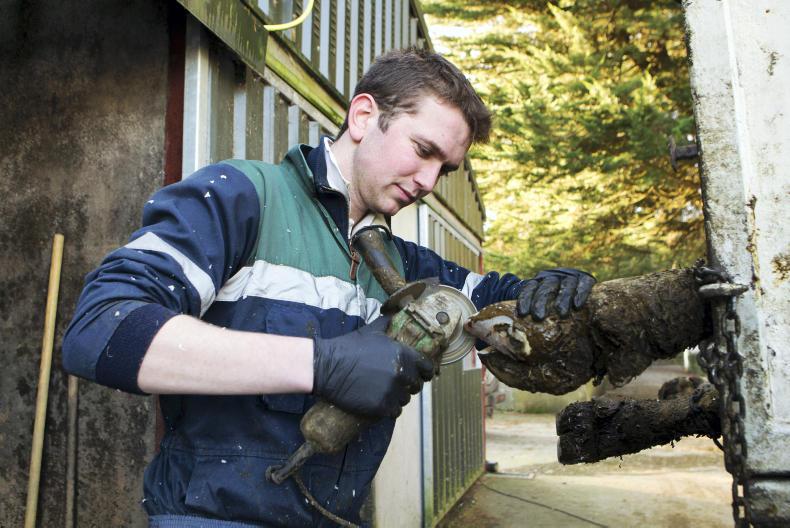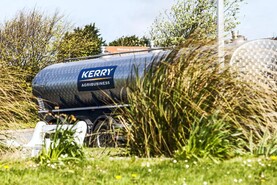He says that the vast majority of lameness in grass-based systems is caused by pressure on the hoof.
White line disease and bruises are symptoms of this and account for about 70% of all cases.
Reducing twisting and turning on concrete yards and having smooth and dry surfaces to walk on are important, but the way in which cows are handled is just as important.
Human interaction
At a seminar last week, Chesterton spent a lot of time talking about the human interaction.
He says impatient people are a big risk-factor in lameness. If cows can see where they are going, they will avoid most obstacles, as their back legs follow their front legs. This means cows should never be rushed and should never be frightened of people. Fear destroys cow flow.
Milking parlours
This week’s Focus is on milking parlours, with three big parlours featured capable of milking large herds efficiently. While not applicable to the average Irish farmer, the lessons on installation costs, design and cow flow are important.
Designing a parlour with good cow flow should be the first priority, but in too many cases it is only an afterthought, with too much of the focus on what technology to install.
Good cow flow should reduce row time to around 10 minutes per row.
The key considerations are a bright and open entrance to the parlour, where cows can walk straight in and exit by walking straight out. Avoid turns as much as possible, but where unavoidable, keep the arc as wide as you can to avoid sharp turns.
Read More
Can liquid milk production survive?
Decision time for Irish Dairy Industry?
He says that the vast majority of lameness in grass-based systems is caused by pressure on the hoof.
White line disease and bruises are symptoms of this and account for about 70% of all cases.
Reducing twisting and turning on concrete yards and having smooth and dry surfaces to walk on are important, but the way in which cows are handled is just as important.
Human interaction
At a seminar last week, Chesterton spent a lot of time talking about the human interaction.
He says impatient people are a big risk-factor in lameness. If cows can see where they are going, they will avoid most obstacles, as their back legs follow their front legs. This means cows should never be rushed and should never be frightened of people. Fear destroys cow flow.
Milking parlours
This week’s Focus is on milking parlours, with three big parlours featured capable of milking large herds efficiently. While not applicable to the average Irish farmer, the lessons on installation costs, design and cow flow are important.
Designing a parlour with good cow flow should be the first priority, but in too many cases it is only an afterthought, with too much of the focus on what technology to install.
Good cow flow should reduce row time to around 10 minutes per row.
The key considerations are a bright and open entrance to the parlour, where cows can walk straight in and exit by walking straight out. Avoid turns as much as possible, but where unavoidable, keep the arc as wide as you can to avoid sharp turns.
Read More
Can liquid milk production survive?
Decision time for Irish Dairy Industry?






 This is a subscriber-only article
This is a subscriber-only article









SHARING OPTIONS: